HDMI cables have become popular in the electrical world. The best fiber optic HDMI cable seamlessly transfers audio and video between devices.
For example, you can use it to display a video from a computer to your TV.
As the popularity of HDMI cables grows, more efficient models are entering the market. Optical fiber HDMI cables are among the latest releases. Telecommunication companies use these to send internet and phone signals. Engineers and designers also love fiber these HDMI cables because they can transfer data fast.
Here is more information on HDMI cables and a guide on selecting the best one.
Table of Contents
- How Do Optical Fiber HDMI Cables Function?
- Fiber Optic HDMI Cable Pros
- The Cons of Optical HDMI Cables
- Fiber HDMI Cable vs Copper HDMI Cable
- How to Choose the Best HDMI Cable
- Are Fiber Optical HDMI Cables Worth It?
- Summary
How Do Optical Fiber HDMI Cables Function?
Optical HDMI cables look like regular HDMI cables externally. However, instead of copper wires, they contain fine glass filaments. These transfer data over a longer distance. Likewise, they can maintain a high transmission speed.
A fiber optic cable will work without other devices. You won’t need a switch, A/V receiver, or an extender when you purchase it.
Optical HDMI cables rely on light for data transmission. These signal pulses pass through the thin glass strands. After that, the cable converts the light into signals upon reaching the displaying device.
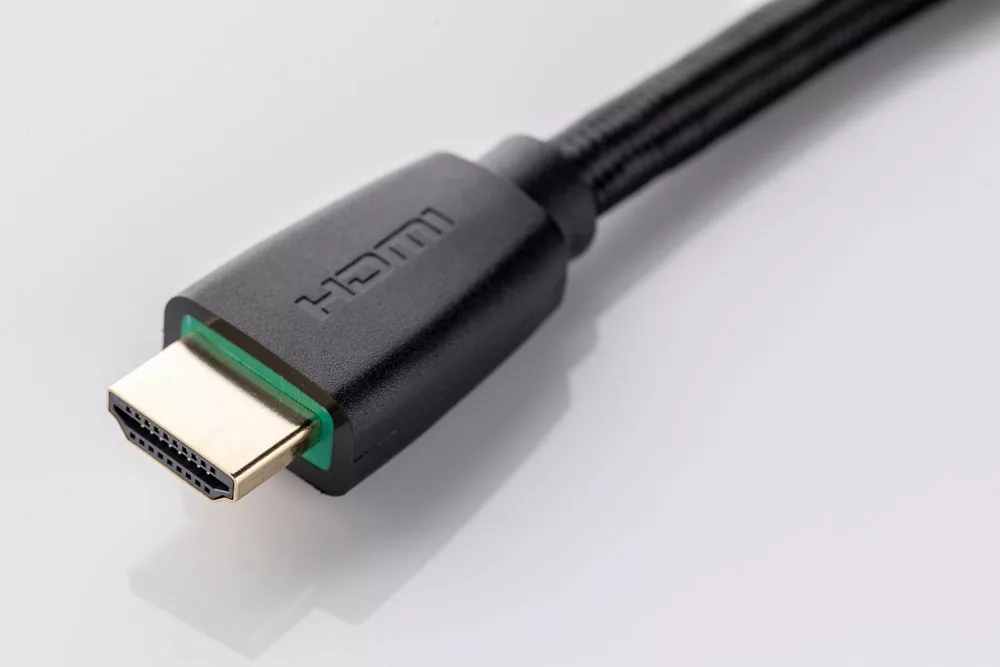
HDMI cable with male connector
Fiber Optic HDMI Cable Pros
Fiber cables have many benefits due to how they work. For example, send signals over distances of up to 300 meters. Besides, they aren’t prone to radio frequency and electromagnetic interference. When using these cables, you won’t deal with signal losses.
Another pro is that they are less costly in the long run. This is because they don’t need an additional power supply to work. Likewise, you won’t require repeaters for signal transmission.
The best fiber optic HDMI cables are light. Due to this, they can fit into tight spaces. You may also carry several pieces around with less hassle.
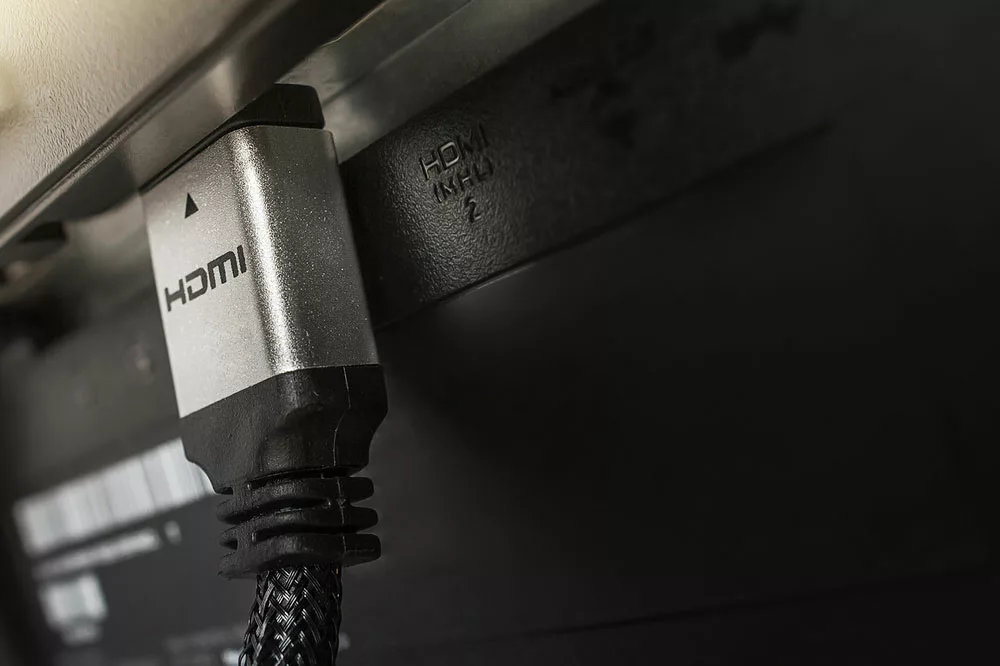
Plugged-in HDMI cable
Other pros of optical HDMI cables are:
- Some models have smaller ports for versatility
- They offer excellent audio-visual quality
- ·They are more resistant to corrosion
The Cons of Optical HDMI Cables
Fiber HDMI cables are great, but they also have some downsides. These connectors can’t work in reverse. Hence, you must plug in the output and input in the proper devices.
Plus, fiber HDMI cables are expensive to purchase.
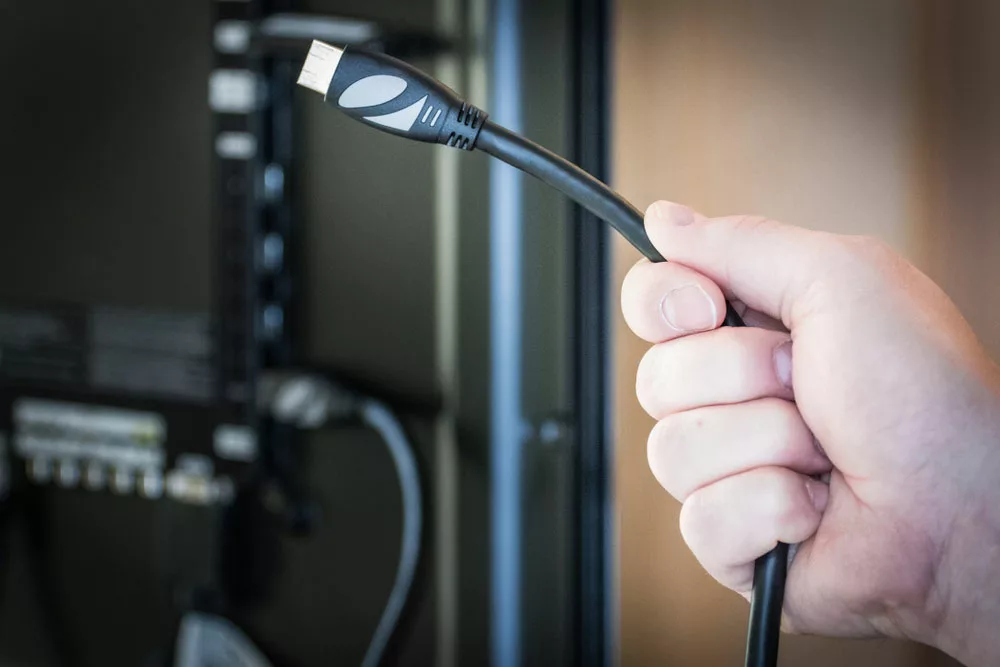
A hand connecting an HDMI Cable
Fiber HDMI Cable vs Copper HDMI Cable
Copper HDMI cables have been around since 2003. These have copper wires transmitting signals in electrical instead of light pulses.
Optical HDMI cables have a higher bandwidth. A standard copper cable has a performance of up to 10 gigabits per second (Gbps).
On the other hand, fiber optic cables are much faster. Some models have a high performance of over 60 Tbps. When using a fiber optic HDMI cable, you will transmit data faster.
Another difference between fiber optic and copper HDMI cables is energy usage. The latter consumes more energy (about 10W). Conversely, optical fiber HDMI cables are more efficient. Some models consume as low as 250Mw.
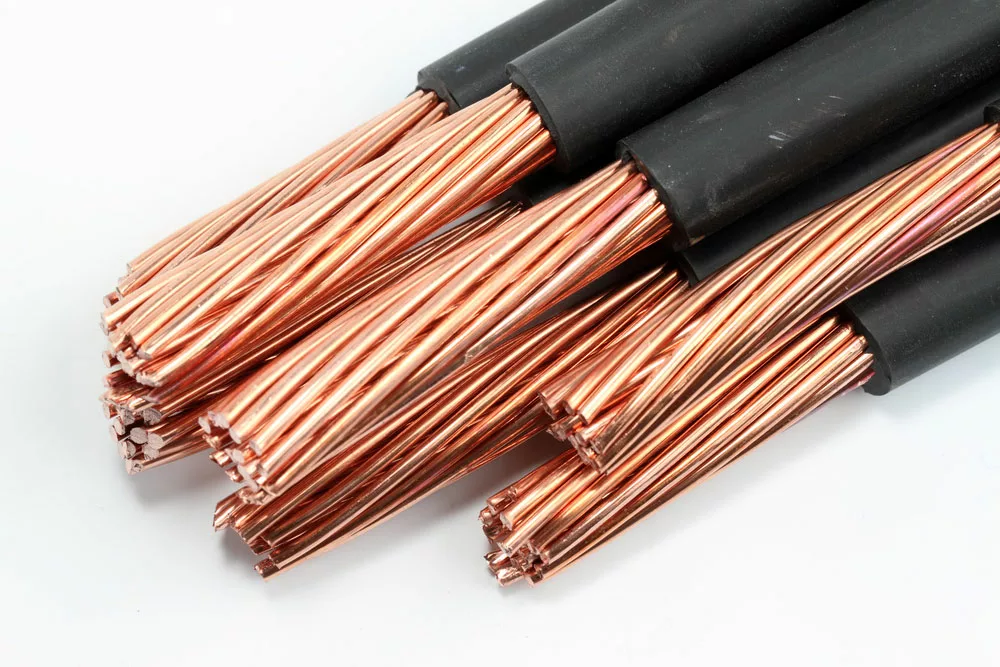
Copper Cables
Standard HDMI cables can last about 10 years. However, their lifespan may shorten due to various factors. Such include:
- The frequency of usage
- Storage
- Temperature variation
- The quality of the outer material
A damaged copper HDMI cable will cause various issues. First, the quality of transmitted sound will be low. The displaying screen may also fail to respond after connection.
The best fiber optic HDMI cable lasts longer than copper ones. A standard model may stay in good condition for up to 50 years. Still, you should avoid snagging and folding it tightly to enjoy this lifespan.
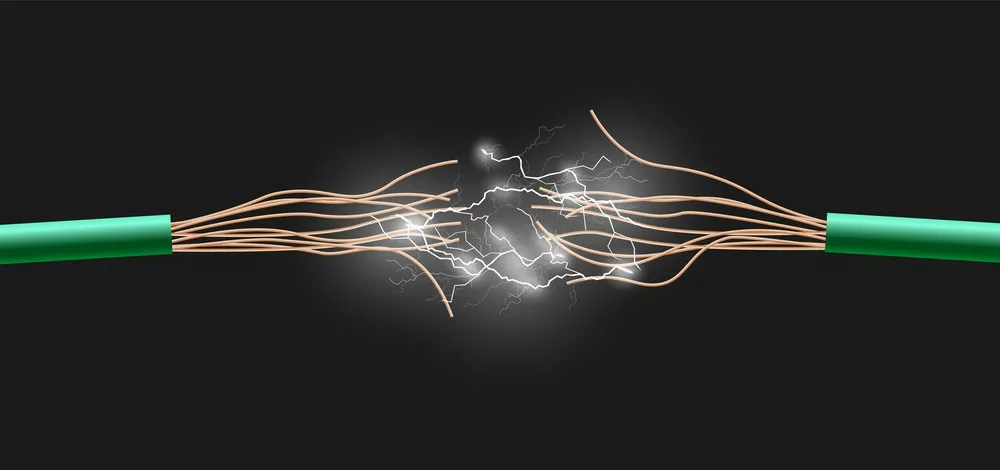
A damaged copper cable
Here are other differences between copper and optical fiber HDMI cables.
1. Copper cables are slower than their counterparts
2. Fiber optic cables are difficult to tap. Hence, they offer better security during data transfer.
3. Copper HDMI cables are cheaper to install and maintain.
4. Optical fiber HDMI cables are more fragile.
5. Copper HDMI cables are less immune to electromagnetic interference.
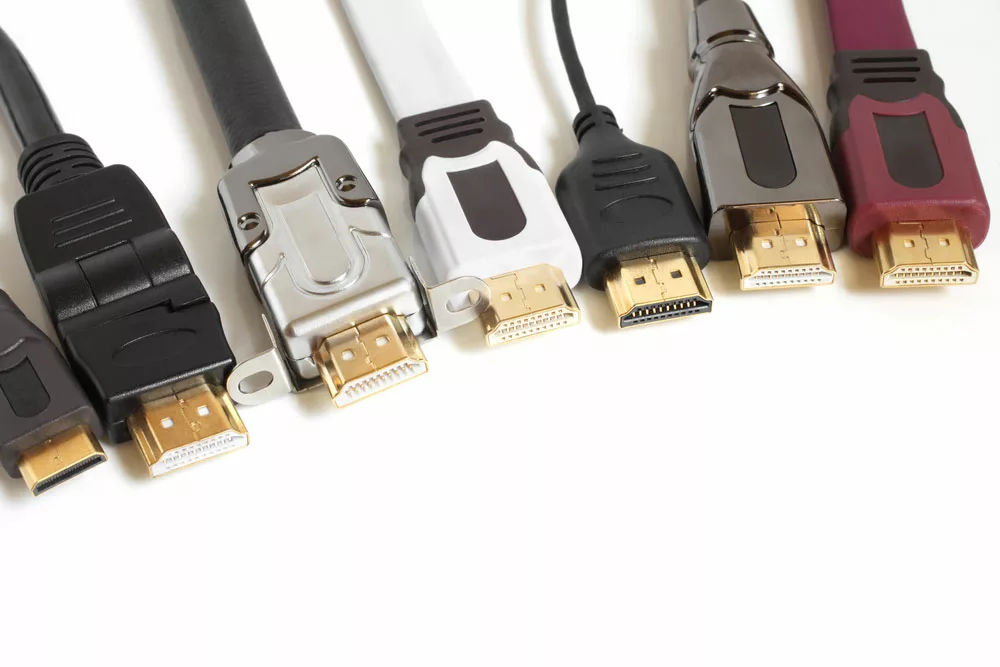
Different HDMI cables
How to Choose the Best HDMI Cable
After learning about fiber optic HDMI cable vs HDMI copper models, you may wonder which is the best. Here are some aspects to consider when selecting a suitable option.
The Resolutions of Your Display and Video Source
The HDMI cables in the market can support various video resolutions. These are 720p, 1080p, 4K and 8K. When watching 1080p and 720p, you can comfortably use a copper HDMI cable. Still, high-resolution videos will require at least a 4k optical fiber HDMI cable.
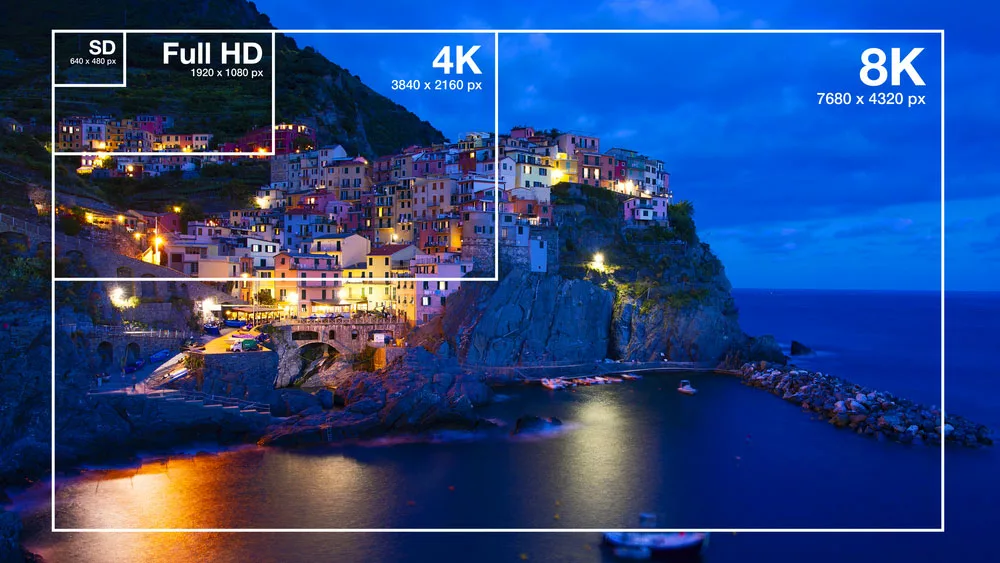
A comparison of TV resolutions
The Distance Between the Devices
If your devices support 6K resolution at 60fps, it’s best to use an 8K fiber optic HDMI cable. With such, you can enjoy a quick signal. Besides, the cable will support a refresh speed of up to 60HZ.
Fiber HDMI cables function better than copper models over a long distance. Hence, consider using 8K or 4K HDMI fiber optic cables if your devices are far apart.
The Usage Environment
If you want to install HDMI cables in a wall, choose those with a CL2 or CL3 rating. These have a fire-resistant coating. Thus, they won’t burn or allow flames to travel along them. CL2 and CL3 coatings are available for both fiber optic and copper cables.
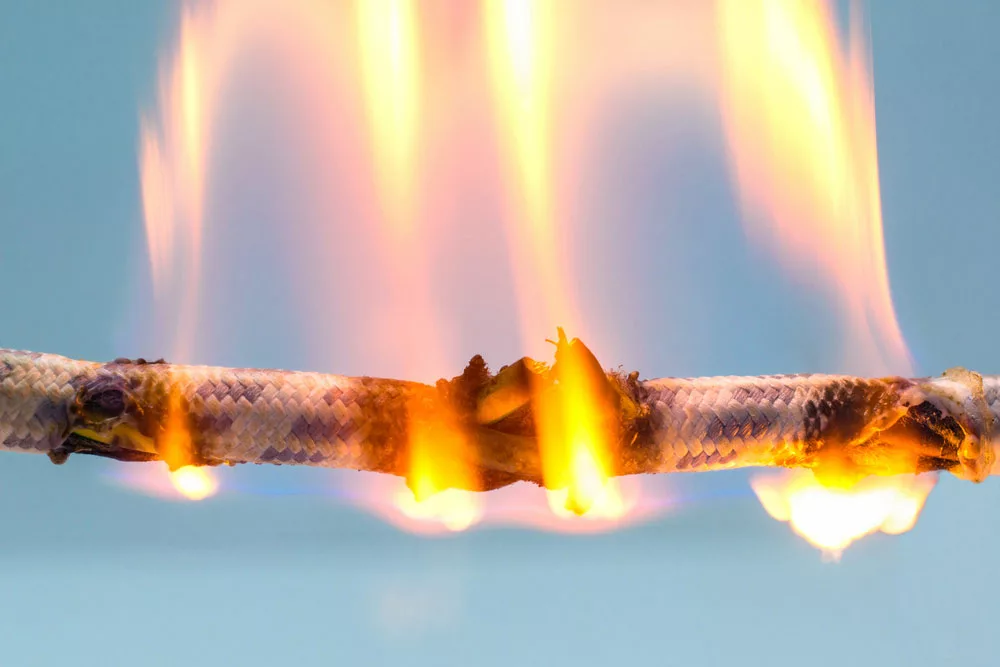
A burning cable
Once you identify the best fiber optic HDMI cable, you still have to choose the manufacturer. Unfortunately, this process can be hectic since many companies are in this field.
Reading a fiber optic HDMI cable review can help you narrow your options. Visit the sites of popular manufacturers and go through customer feedback. Besides, explore online articles reviewing specific products.
Are Fiber Optical HDMI Cables Worth It?
Fiber optic HDMI cable problems, such as stressful installations, may raise some concerns. Are these cables worth the investment? Additionally, do their benefits make them a better option for most applications?
Despite fragility and a high purchase cost, fiber optic HDMI cables are worth the investment. Using them guarantees high speed, limited interference, and longevity. You will also enjoy uncompressed video quality at longer distances.
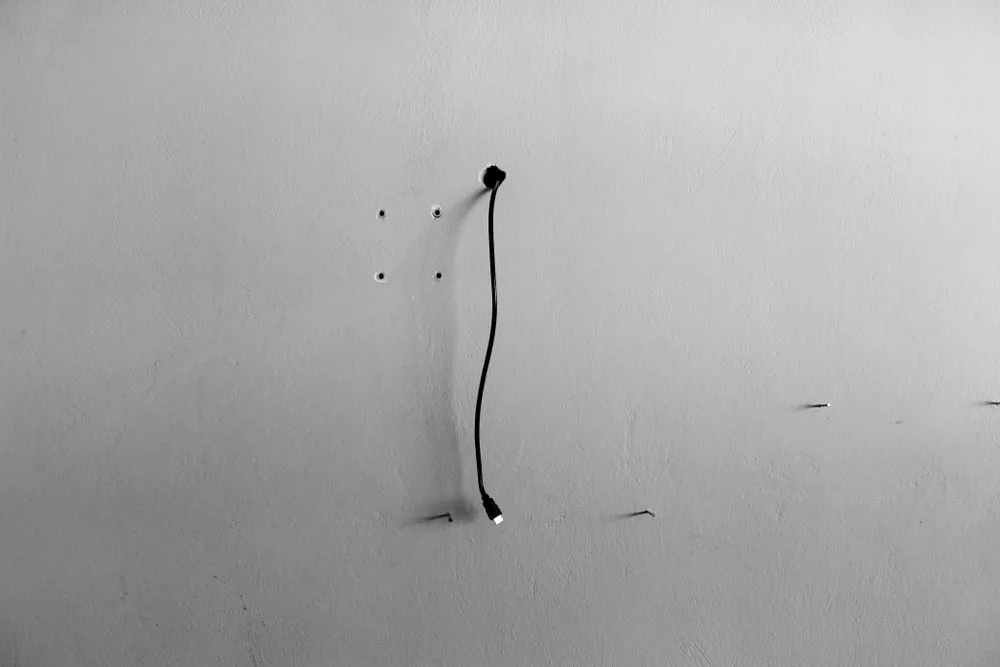
HDMI cable hanging from a wall
Summary
Fiber HDMI cables are ideal if you are looking for greater bandwidth. Further, they don’t pose risks when used in spark-hazardous environments. Such include oil refineries, gas companies, and chemical plants.
Since fiber optic and copper HDMI cables have varying features, assessing your needs is vital. Besides, weigh the cost against the long-term benefits. These measures will ease decision-making and ensure you get value for your money.
Contact us if you need more guidance on choosing a fiber optic HDMI cable!
